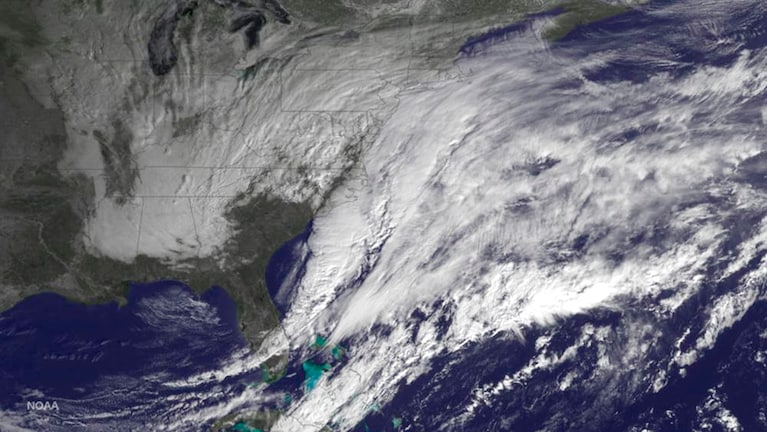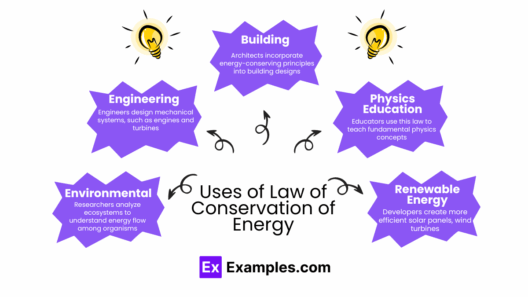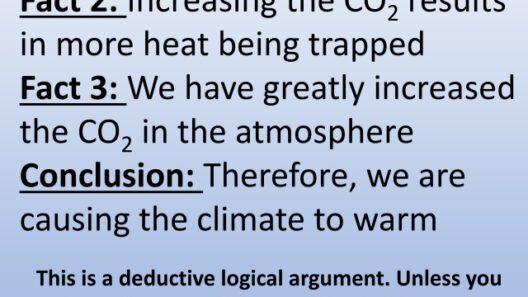Are blizzards disappearing because of global warming? This playful question provokes an intriguing challenge, inviting us to delve into the confluence of climatic shifts and extreme weather phenomena. To wrestle with this query, we first need to establish a foundation on what blizzards are, how they form, and their trends in the context of global warming.
Blizzards are not merely cold spells accompanied by snow; they are severe snowstorms characterized by strong winds and reduced visibility due to blowing snow. According to climatological criteria, for a storm to qualify as a blizzard, it must exhibit sustained winds of 35 mph or higher, and must cause visibility to drop below a quarter-mile for at least three hours. So, while blizzards conjure images of picturesque winter wonderlands, they also represent formidable weather events with significant impacts on human life and the environment.
Now, the challenge arises when we juxtapose the frequency of blizzards against the backdrop of global warming. Global warming, defined by the increase in Earth’s average surface temperature due to rising levels of greenhouse gases in the atmosphere, poses unique threats to traditional weather patterns. One might hypothesize that with a warming planet, blizzards would become a relic of the past, yet the empirical data tells a more nuanced tale.
To better understand this dynamic, it is essential to examine how climate change affects atmospheric conditions conducive to blizzard formation. Warmer temperatures increase the air’s capacity to hold moisture, potentially creating more intense snowfalls. In regions where temperatures hover around freezing, precipitation may transform into rain instead of snow. Consequently, while snow cover may diminish in some areas, other regions could experience heavier snowfall events, possibly leading to more intense blizzards.
Scientists have noted an observable increase in precipitation extremes across various climate zones. As the climate continues to warm, weather systems that promote snowfall might become more influential. The paradox presents itself—global warming could lead to a reduction in blizzard occurrences in specific locales while simultaneously escalating their severity in others. This dichotomy highlights the complexity of climate interactions and emphasizes that the climate crisis does not yield simple, one-dimensional outcomes.
Moreover, studies indicate that the geographic distribution of blizzards may also undergo transformation. For instance, while certain areas might witness a decline in blizzard days, others, particularly in higher latitudes or altitudes, might see an increase. Thus, asking whether blizzards are disappearing warrants careful scrutiny of geographical and temporal contexts. Are some regions becoming blizzard deserts while others transform into epicenters of intense winter storms?
The societal implications of this phenomenon are equally profound. As blizzards become less predictable, the challenges for infrastructure, emergency services, and public policy multiply. Communities may need to grapple with new norms regarding winter preparedness, and resource allocation may shift as certain areas face increased instability due to intensified snowstorms. The socioeconomic ramifications of a changing winter landscape extend beyond mere inconvenience; they touch upon safety, economic productivity, and even mental health.
As we explore the data surrounding blizzards, it is crucial to recognize that localization plays a pivotal role. Certain regions may reflect a clear decline in blizzard activity, while adjacent regions could exhibit an uptick. For example, the northeastern United States has historically been known for its snowy winters; however, recent trends suggest fewer blizzard events. Conversely, the Great Lakes area has reported increased snowfall due to lake-effect storms, resultant of warmer, moisture-laden air crossing colder lake waters. This regional disparity encourages deeper scrutiny into the multifaceted impacts of warming.
The anticipation of warming also bears implications for future blizzard predictions. Seasonal forecasting may become more intricate and unreliable. As blizzard patterns evolve, scientists will confront the challenge of refining models to account for shifting climatic conditions and their subsequent influence on snowfall events. The variability in weather patterns may complicate not only our understanding but also our reactionary strategies to mitigate potential hazards presented by heightened winter storms.
Public perception often lags behind scientific data. The notion that global warming eliminates blizzards could perpetuate complacency, creating gaps in preparedness and response strategies. It is essential to articulate that while certain areas may face diminished blizzard severity, climate change remains an influential actor in the winter weather narrative. Vigilance, adaptation, and community resilience will be paramount in addressing the evolving nature of winter storms.
In sum, rather than framing the question as a binary outcome—are blizzards diminishing or not?—we must embrace a broader perspective that recognizes complexities and variations inherent in climate patterns. Understanding the relationship between global warming and blizzard dynamics requires us to investigate regional specifics, societal adaptations, and new scientific analysis. As the data reveals emerging trends, we must be poised to respond. The challenge is not simply about anticipating the next blizzard but preparing for an unpredictable climate future, where blizzards may not vanish but evolve in form and frequency. A blended understanding of climate science, preparedness, and community engagement will be the path forward in navigating this new meteorological terrain.








